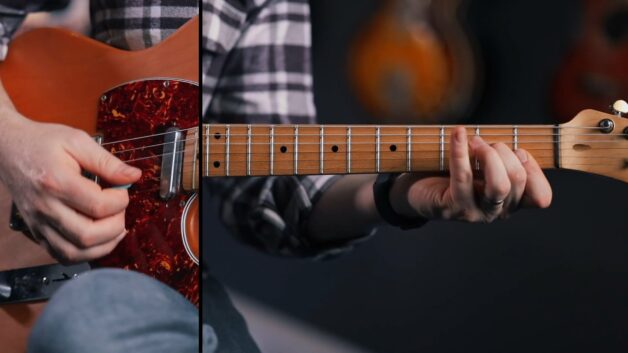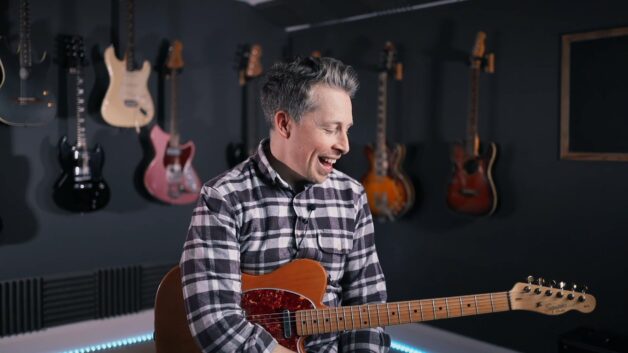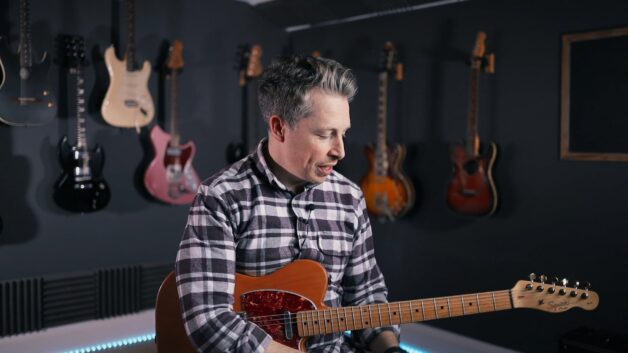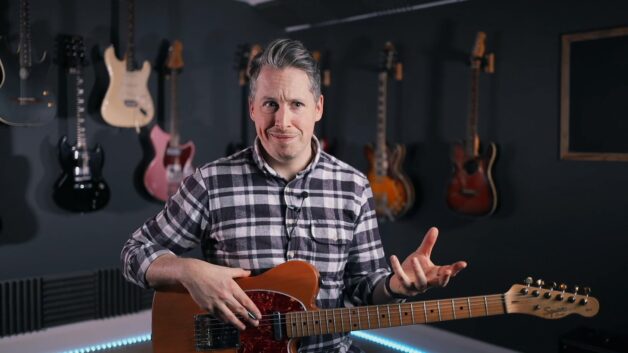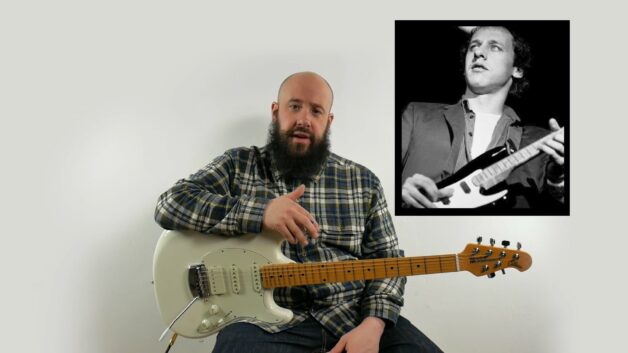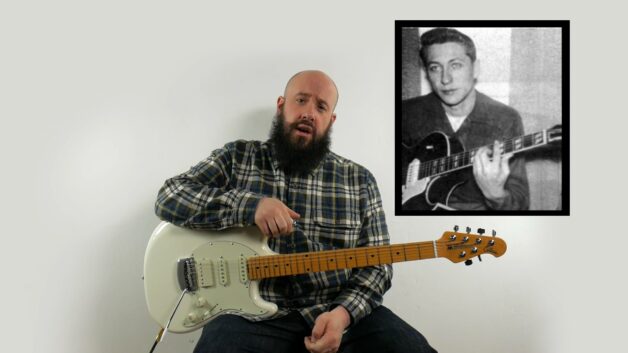Mastering Open Minor 7th Guitar Chords for Beginners
Learning open minor 7th guitar chords can genuinely expand your playing, introducing a richer sound palette to your music. These chords are especially appealing for beginners because they strike a balance between straightforward finger placement and intriguing musical depth. If you’ve been stuck playing only major or basic minor chords, exploring minor 7th chords could be your next valuable step.
Key Takeaways:
- Minor 7th chords merge minor chords with a flattened seventh note.
- Common beginner-friendly minor 7th chords include D minor 7, E minor 7, and A minor 7.
- Clearly playing the flattened seventh note is essential for chord definition.
What Exactly Are Open Minor 7th Chords?
Open minor 7th guitar chords combine a minor triad with an additional flattened seventh note, creating a distinctive, moody sound often heard in jazz, blues, pop, and rock. For instance, the D minor 7 chord involves barring the first fret with your index finger and placing your middle finger on the second fret of the third string. This positioning lets the open D string resonate naturally, providing depth to the chord.
While the barre method may initially feel awkward to beginners, an alternative, simplified fingering can also achieve a similar result. Experimenting with different finger placements can alleviate discomfort and help you find a technique that works best for your hand shape and guitar neck profile.
A Quick Historical Detour: Why These Chords Matter
Historically, open minor 7th chords have featured prominently in popular music. Think about classic songs like “Wonderwall” by Oasis, which extensively uses variations of the E minor 7 chord, giving the song its memorable introspective feel. Learning minor 7th chords is not just about adding complexity, it’s about tapping into musical traditions that have influenced countless guitarists and songwriters.
Practical Tips and Common Challenges
When practicing minor 7th chords, precision matters. Many beginners unintentionally mute the essential flattened seventh note due to improper finger placement or pressure. A common mistake is positioning fingers too far behind the fret, causing buzzing or unclear notes.
Make sure your fingers land close to the fret wire, applying steady, gentle pressure. Also, experiment with wrist positioning and guitar angle. Slight adjustments can significantly improve comfort and clarity.
For the E minor 7 chord, beginners often struggle with clarity. A simpler way is playing the standard E minor shape but emphasizing the open D string, where the flat seventh resides. If you’re more confident, try adding the higher-pitched G note for added texture. This approach captures the sound famously employed by bands like Oasis.
The A minor 7 chord offers a more straightforward experience for beginners. Simply lift your finger off the G string while maintaining the standard A minor chord shape. Remember, the open G string must ring clearly, as it represents your flattened seventh note.
Integrating Minor 7th Chords Into Your Playing
Introducing open minor 7th guitar chords into your daily practice routine not only expands your musical vocabulary but also strengthens finger dexterity. Try incorporating these chords into chord progressions you already know or songs you’re currently practicing.
- Prioritize clarity: Ensure each note rings out distinctly.
- Experiment slowly: Give yourself time to adapt to new shapes.
- Check pressure: Avoid pressing too hard or too softly.
Start integrating open minor 7th guitar chords into your playing today and discover new creative possibilities on your guitar journey.
